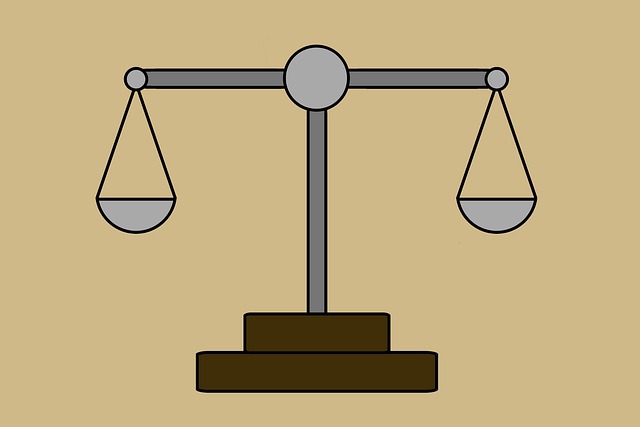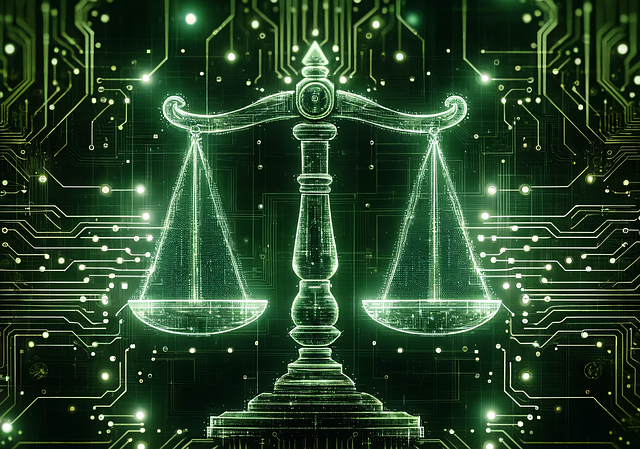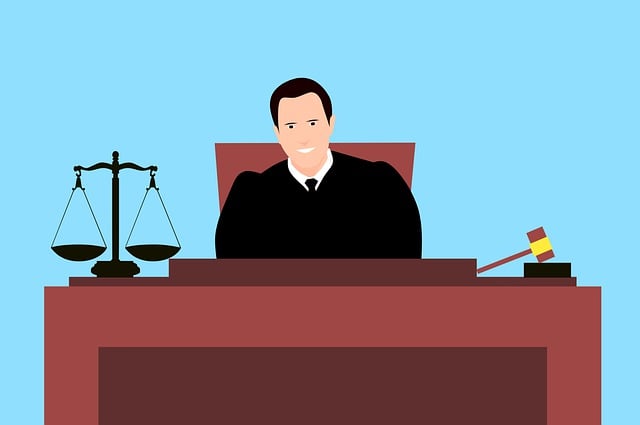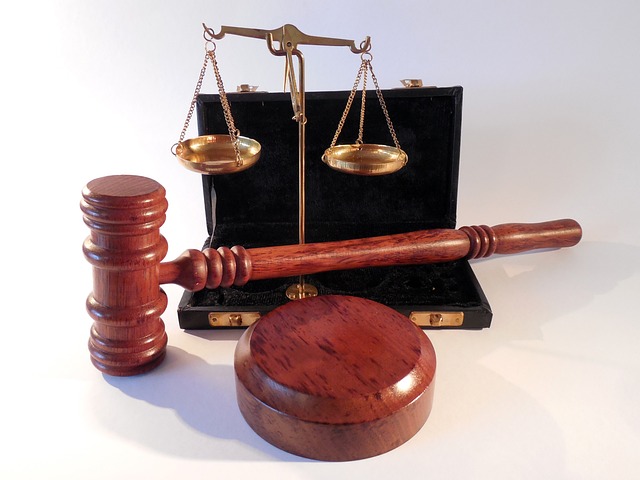Whistleblower protection laws safeguard individuals exposing illegal practices from retaliation, crucial for personal injury claims. Gather internal reports, communications, and detailed records of alleged retaliatory acts to strengthen evidence. Meet strict requirements with tangible proof like emails, witness statements, and company documents to establish a hostile work environment. Navigate complex rules, document disclosures, show harm or fear, and utilize expert witnesses for high-stakes cases aiming for compensation and deterrence. Demonstrate harm with compelling evidence like termination letters for sought-after remedies aligning individual and public interest impacts.
“Whistleblower protection lawsuits are crucial avenues for individuals who expose illegal or unethical activities within organizations. This article navigates the intricate world of whistleblower rights, offering insights into key legal aspects. We explore what constitutes retaliation, the evidence requirements needed for compensation, and effective case strategies.
Understanding the damage caused by whistleblowing, we delve into damages and remedies, ensuring folks are empowered to take a dive into this game-changer of a legal process. In terms of evidence needed for a personal injury claim, specific documentation is vital to prove harm and link it to the employer’s actions.”
- Understanding Whistleblower Protection Laws
- What Qualifies as Retaliation?
- Evidence Requirements for Compensation
- Legal Strategies in Whistleblower Cases
- Navigating Damages and Remedies
Understanding Whistleblower Protection Laws

Whistleblower protection laws are designed to safeguard individuals who expose illegal or unethical activities within their respective businesses or organizations. Understanding these laws is crucial when considering a personal injury claim, especially in high-stakes cases where whistleblowers may face significant risks. The primary objective of such legislation is to encourage employees to report misconduct without fear of retaliation, ensuring the integrity of the workplace and protecting public safety.
To succeed in a whistleblower lawsuit and achieve extraordinary results, one must gather substantial evidence needed for a personal injury claim. This includes detailed documentation of the alleged wrongdoing, such as internal reports, communications, or any other material that proves the existence of illegal activities. By presenting compelling evidence, whistleblowers can hold their respective businesses accountable and protect themselves from potential harm, fostering a culture of transparency and responsibility in the corporate landscape.
What Qualifies as Retaliation?

When it comes to whistleblower protection lawsuits, understanding what constitutes retaliation is paramount for those looking to assert their rights. Retaliation can take various forms, including firing, demotion, or any adverse action taken against an individual who has reported suspected illegal activities within a company or organization. It’s not just about direct actions; indirect forms of retaliation, such as isolation from colleagues or the loss of professional opportunities, can also be considered illegal.
To strengthen an evidence-based personal injury claim related to whistleblower protection, several key pieces of information should be gathered. This includes detailed records of the alleged retaliatory acts, timelines, and any relevant communications that document the connection between the report of wrongdoing and the subsequent adverse actions. Furthermore, white-collar defense strategies often involve navigating complex legal procedures, ensuring comprehensive documentation throughout all stages of the investigative and enforcement process is crucial for achieving extraordinary results.
Evidence Requirements for Compensation

When pursuing a whistleblower protection lawsuit, establishing a strong case requires meeting specific evidence requirements. In personal injury claims, the burden of proof lies with the plaintiff, and they must provide compelling evidence to support their allegations. This includes detailed documentation of the retaliatory actions taken against them, such as any adverse employment decisions, threats, or harassment.
The evidence needed for a successful claim extends beyond mere accusations. For his clients seeking compensation, it is crucial to gather tangible proof like emails, memoranda, witness statements, and any relevant internal company documents that highlight the whistleblower’s activities and the subsequent retaliation. These materials not only prove the existence of a hostile work environment but also demonstrate the direct correlation between the protected disclosure and the adverse treatment experienced by the whistleblower, paving the way for a complete dismissal of all charges against them.
Legal Strategies in Whistleblower Cases

In whistleblower protection lawsuits, legal strategies often involve navigating complex procedural rules and presenting compelling evidence. To succeed in a personal injury claim related to whistleblowing, individuals must gather substantial proof that demonstrates their actions were protected under relevant laws. This includes documenting the disclosure of illegal or unethical activities, showing harm or fear of retaliation, and providing any available communications with authorities or employers.
The general criminal defense approach varies significantly in high-stakes cases where an unprecedented track record of success is crucial. Effective legal teams in these situations meticulously construct narratives, utilize expert witnesses, and exploit procedural loopholes to protect whistleblowers’ rights. The goal is not only to secure compensation for damages but also to send a strong message that protecting whistleblowers is paramount in fostering ethical business practices and transparency.
Navigating Damages and Remedies

When navigating damages and remedies in whistleblower protection lawsuits, understanding what constitutes evidence needed for a personal injury claim is paramount. To succeed, plaintiffs must present compelling evidence demonstrating that they suffered harm as a result of whistleblowing activities. This can include documentation of retaliation, such as termination letters, performance evaluations, or any communication from the employer expressing adverse actions due to the whistleblower’s disclosures. Additionally, gathering statements from colleagues who witnessed the retaliation can significantly strengthen a case.
In the realm of white-collar defense, the philanthropic and political communities have a vested interest in ensuring that individuals who expose corporate misconduct are protected. Remedies may include reinstatement, back pay, compensatory damages for emotional distress, and punitive damages to deter further misconduct from respective businesses. The specific remedies sought should align with the evidence needed for a personal injury claim, focusing on both the harm suffered by the whistleblower and the impact of the misconduct on the public interest.
Whistleblower protection lawsuits are complex but crucial for those who bravely expose corporate or government wrongdoings. By understanding your rights under whistleblower protection laws, recognizing retaliation, and gathering the necessary evidence—such as the Evidence Needed for a Personal Injury Claim—you can navigate these cases effectively. Legal strategies focused on presenting compelling evidence and seeking appropriate damages and remedies are key to achieving justice and fostering a culture of transparency.






